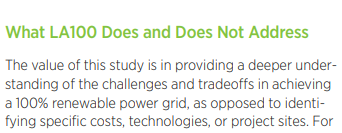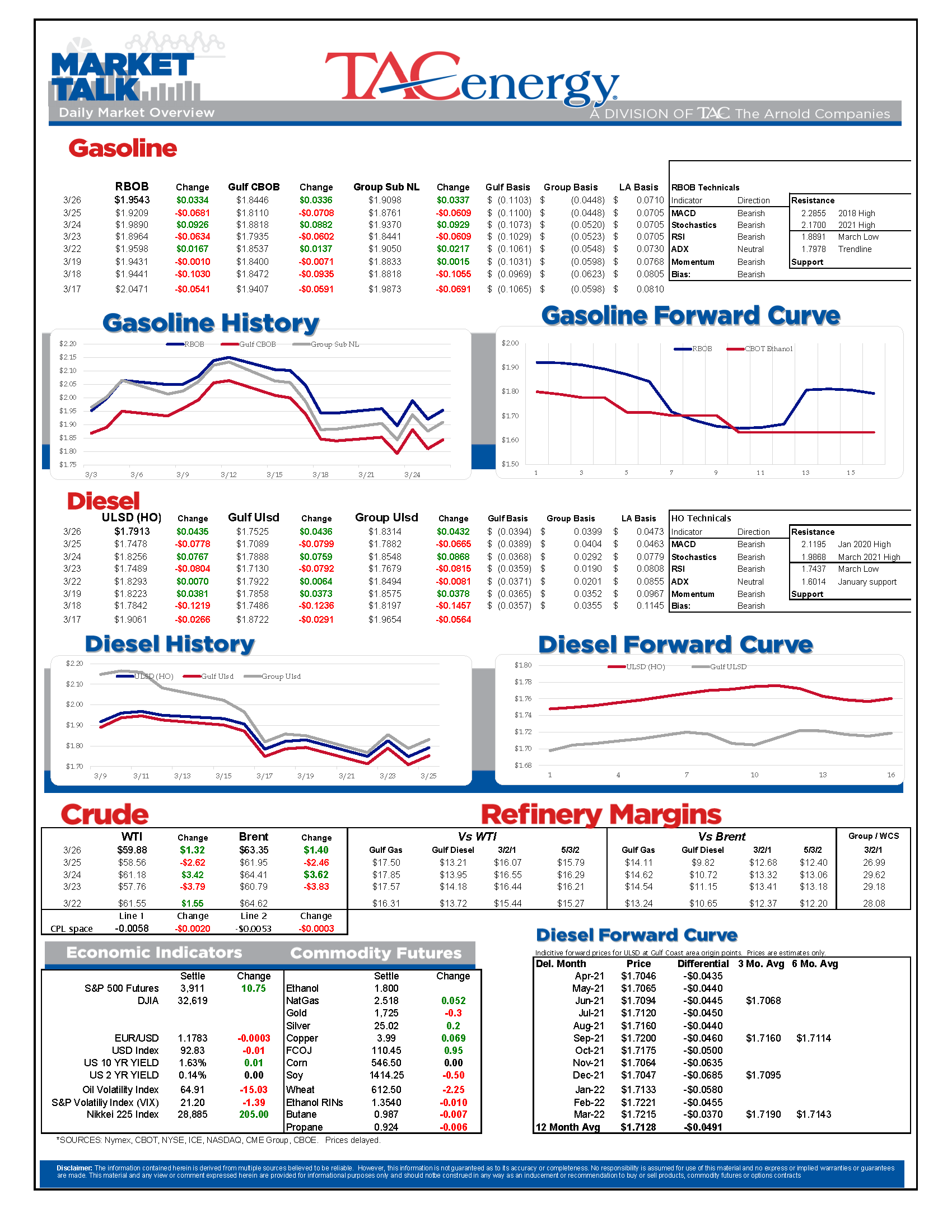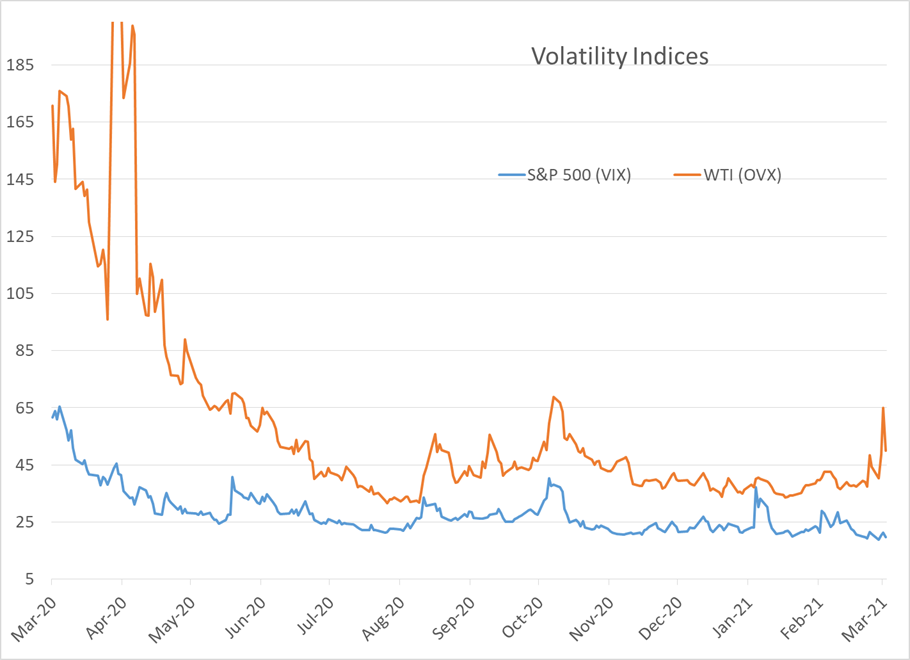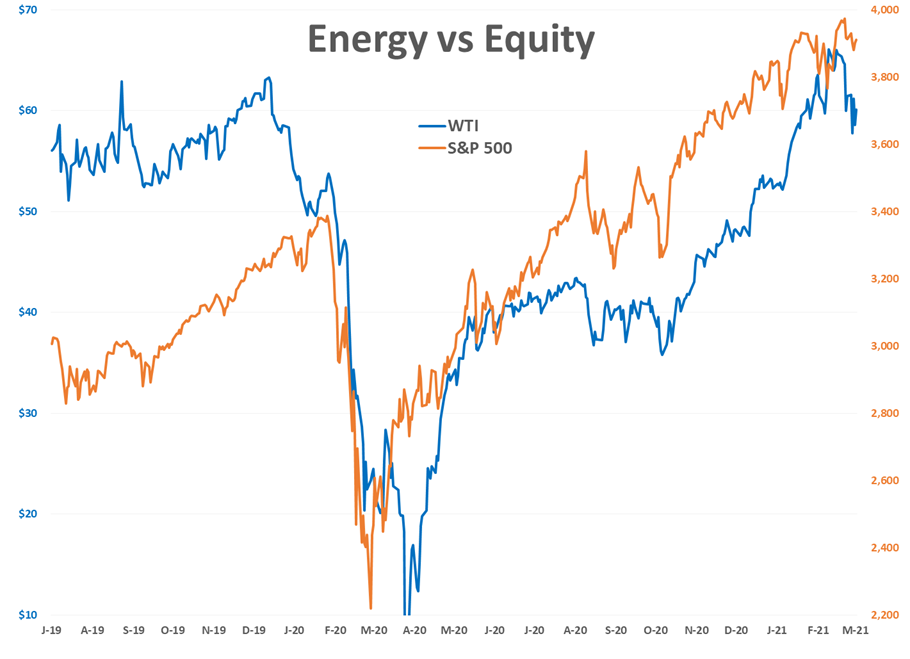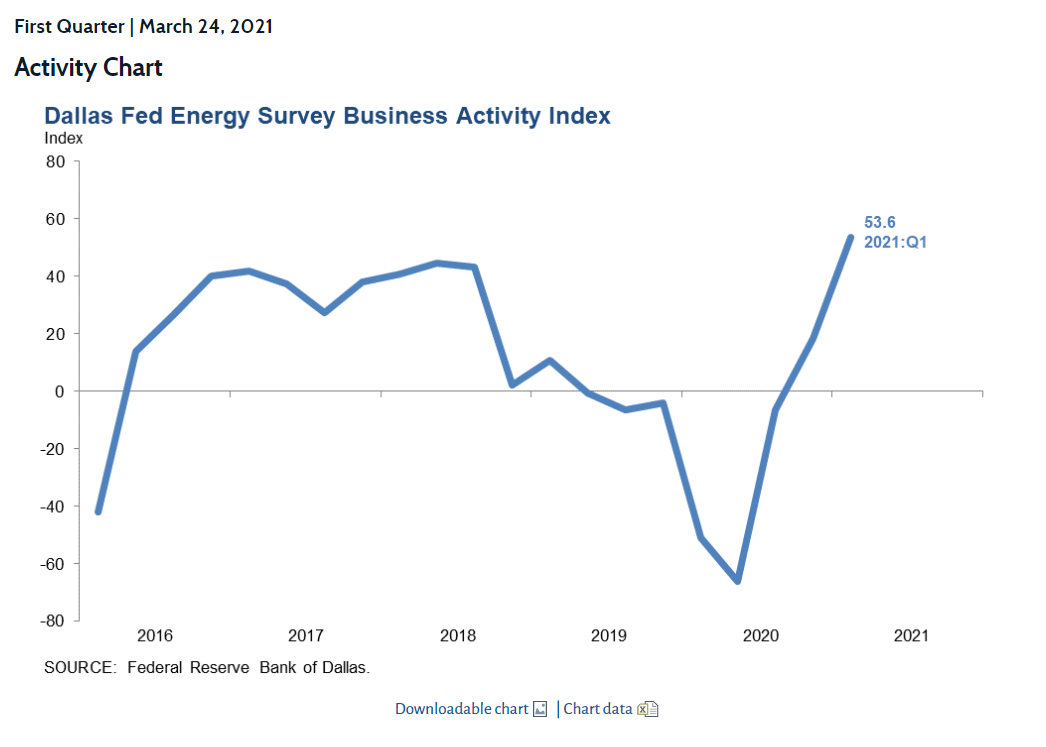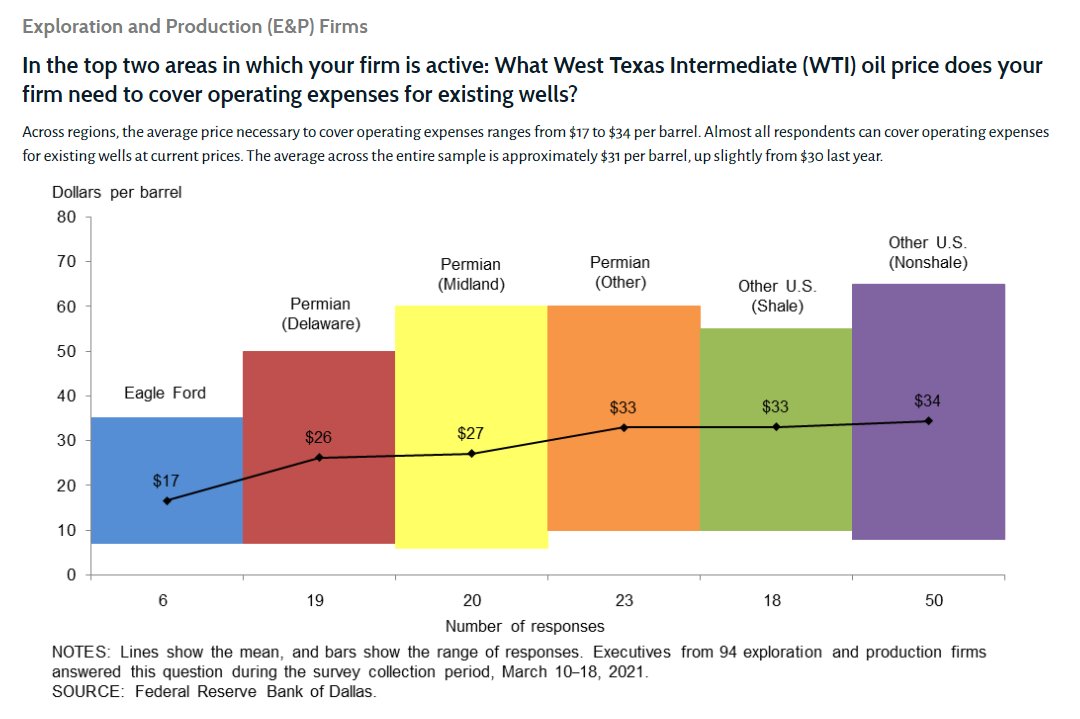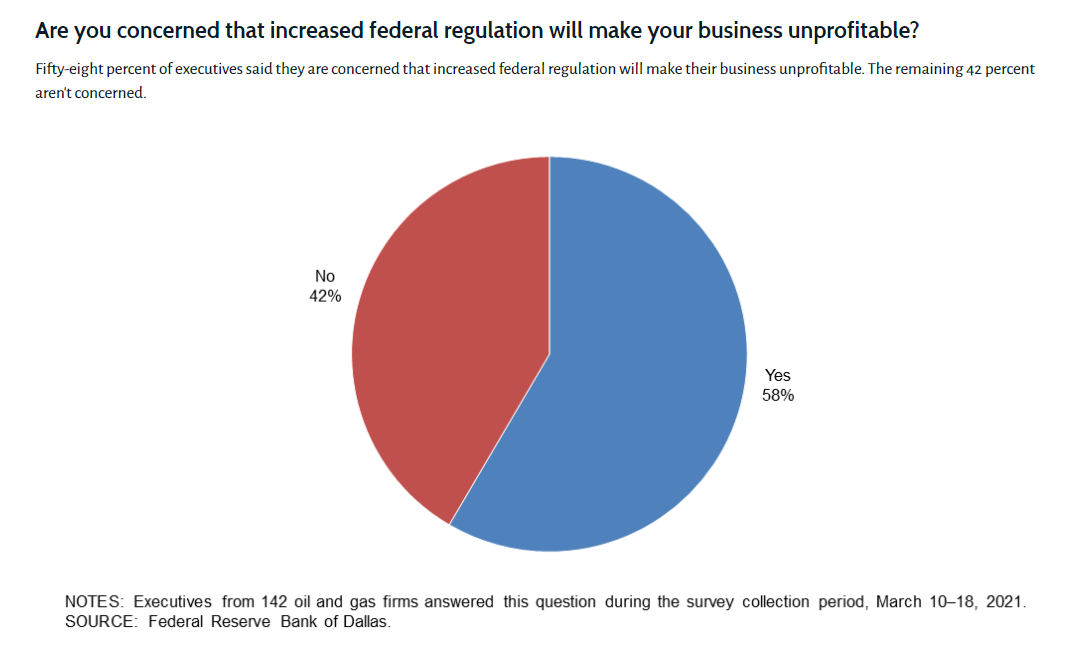Volatility Returns To The Energy Arena

March madness is not disappointing this year as volatility returns to the energy arena, making 5% price swings a common occurrence. This week’s action has been a rollercoaster with huge selloffs Tuesday and Thursday surrounded by strong rallies Monday, Wednesday and Friday that have kept the selling that started last week from snowballing into an outright price collapse.
When this type of wild back and forth action happens, it helps to look at the weekly charts to get a sense for the bigger picture, and to see that despite multiple days of 8 cent or greater moves, ULSD futures are only down 2 cents on the week, while RBOB prices are up 1.5, and those small net moves have done little to change the technical outlook going forward. That said, this type of manic price movement is often seen at the end of a trend, so there’s still a strong case to be made that after a huge rally from November-March, lower prices are coming, and could be here soon if chart support breaks next week.
The Suez canal blockage continues to be a major story this week, with new estimates suggesting it may take weeks not days to clear the stranded ship. While that continues to be an easy headline to pin the blame on a rally, it doesn’t explain why oil and product prices 6 months forward are rallying about the same amount this morning.
On the flip side, European COVID lockdowns are the easy smoking gun for the days when prices collapse, even though it would be hard to justify prices 1 year forward dropping due to those temporary measures. The drop in European demand should also help limit the fallout from the Suez canal blockage that’s keeping some 3 million barrels/day of oil and refined products stranded at sea.
There does seem to be a “risk on” vs. “risk off” feel to the wild back and forth this week, even though the correlation between daily price moves between equity, currency and energy markets is almost non-existent.
Today’s refining lesson: Don’t rain oil on your neighbors. The EPA announced it was pulling an expansion permit for the Limetree Bay (FKS Hovensa) refinery in St. Croix after multiple lawsuits filed to challenge its restart. It’s important to note that decision will not halt operations at the refinery, but will make expansion a challenge, and given the events of the past two months feels like just the start of the regulatory changes coming. For those that were around when Hovensa was operating, its location and ability to import barrels all along the U.S. East Coast often gave its operations an outsized influence on (NY Harbor based) RBOB and ULSD prices.
The Dallas Fed’s energy survey for March showed a strong recovery in oil and gas operations as producers that had been on the brink for much of the past year took advantage of the rally in prices. Continued expansion is predicted in the survey results, and the chart of break evens shows that we should see operations continue to increase with just about all basins securely in the black at current price levels.
Los Angeles has revealed a study that would allow it to use 100% renewable energy sources to power its electric grid by 2035, even as it remains one of the only coal burning municipalities left in the state. The plan is simple: “Build solar farms, wind turbines and batteries as fast as possible.” The plan to pay for it is: not part of the study.
Click here to download a PDF of today's TACenergy Market Talk.
News & Views
View All
Energy Futures Are Caught Up In Headline Tug-O-War This Morning
Energy futures are caught up in headline tug-o-war this morning with Canadian oil production concerns and a positive US GDP report trying to push prices higher while sinking Chinese demand worries and Gaza ceasefire hopes are applying downward pressure. The latter two seem to be favored more so far this morning with WTI and Brent crude oil futures down ~45 cents per barrel, while gasoline and diesel prices are down about half a cent and two cents, respectively.
No news is good news? Chicago gasoline prices dropped nearly 30 cents yesterday, despite there not being any update on Exxon’s Joliet refinery after further damage was discovered Wednesday. Its tough to say if traders have realized the supply situation isn’t as bad as originally thought or if this historically volatile market is just being itself (aka ‘Chicago being Chicago’).
The rain isn’t letting up along the Texas Gulf Coast today and is forecasted to carry on through the weekend. While much of the greater Houston area is under flood watch, only two refineries are within the (more serious) flood warning area: Marathon’s Galveston Bay and Valero’s Texas City refineries. However, notification that more work is needed at Phillip’s 66 Borger refinery (up in the panhandle) is the only filing we’ve seen come through the TECQ, so far.
Premiums over the tariff on Colonial’s Line 1 (aka linespace value) returned to zero yesterday, and actually traded in the negatives, after its extended run of positive values atypical of this time of year. Line 1’s counterpart, Line 2, which carries distillates from Houston to Greensboro NC, has traded at a discount so far this year, due to the healthy, if not over-, supply of diesel along the eastern seaboard.
Click here to download a PDF of today's TACenergy Market Talk.

WTI And Brent Crude Oil Futures Are Trading ~$1.50 Per Barrel Lower In Pre-Market Trading
The across-the-board drawdown in national energy stockpiles, as reported by the Department of Energy yesterday, stoked bullish sentiment Wednesday and prompt month gasoline, diesel, and crude oil futures published gains on the day. Those gains are being given back this morning.
The surprise rate cut by the People’s Bank of China is being blamed for the selling we are seeing in energy markets this morning. While the interest rate drop in both short- and medium-term loans won’t likely affect energy prices outright, the concern lies in the overall economic health of the world’s second largest economy and crude oil consumer. Prompt month WTI and Brent crude oil futures are trading ~$1.50 per barrel lower in pre-market trading, gasoline and diesel are following suit, shaving off .0400-.0450 per gallon.
Chicagoland RBOB has maintained its 60-cent premium over New York prices through this morning and shows no sign of coming down any time soon. Quite the opposite in fact: the storm damage, which knocked Exxon Mobil’s Joliet refinery offline on 7/15, seems to be more extensive than initially thought, potentially extending the repair time and pushing back the expected return date.
There are three main refineries that feed the Chicago market, the impact from one of them shutting down abruptly can be seen in the charts derived from aforementioned data published by the DOE. Refinery throughput in PADD 2 dropped 183,000 barrels per day, driving gasoline stockpiles in the area down to a new 5-year seasonal low.
While it seems all is quiet on the Atlantic front (for now), America’s Refineryland is forecasted to receive non-stop rain and thunderstorms for the next four days. While it may not be as dramatic as a hurricane, flooding and power outages can shut down refineries, and cities for that matter, all the same, as we learned from Beryl.

